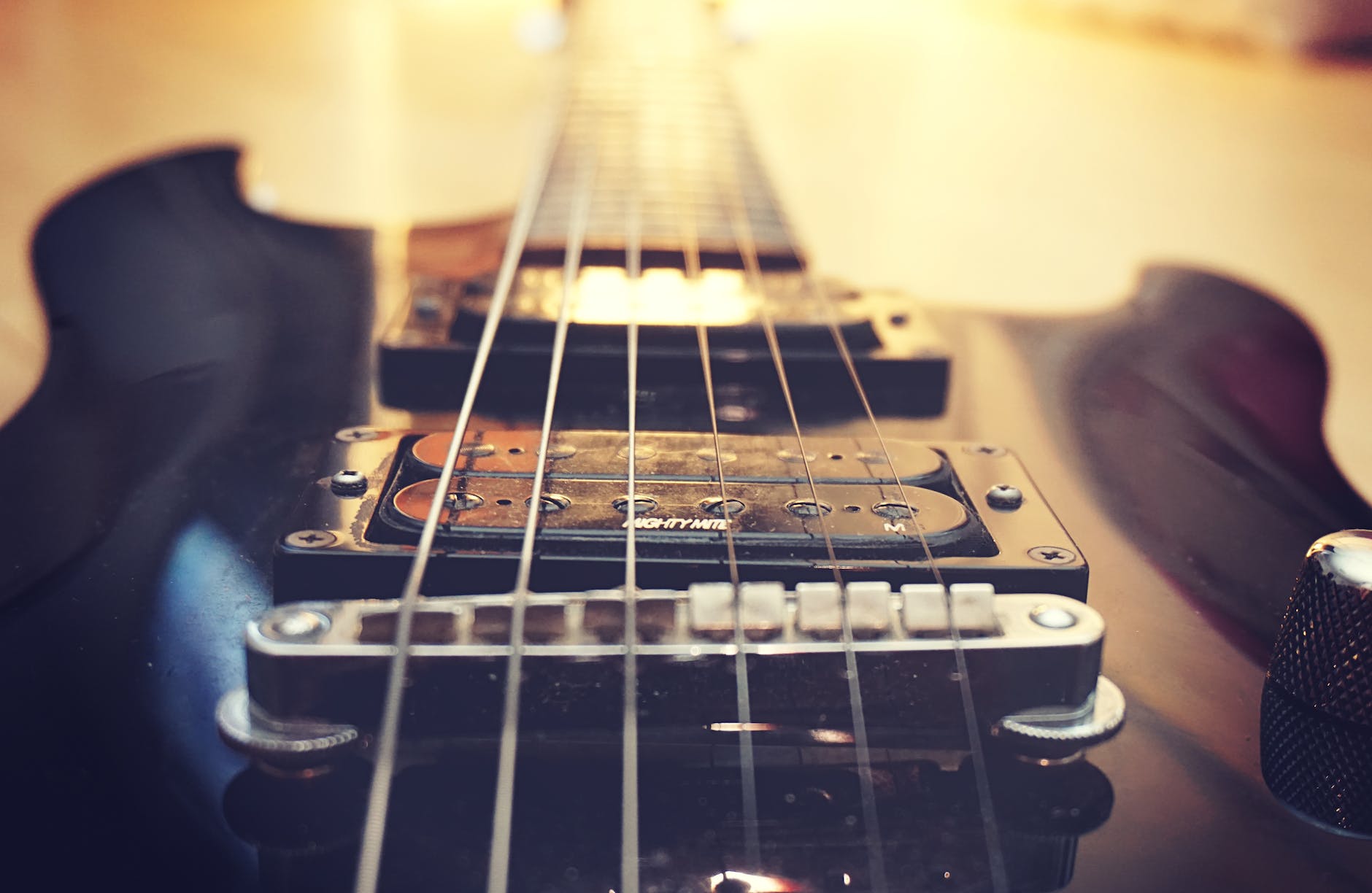
An Informal Guide to Understanding the Key Components of Your Guitar
If you’re a beginner guitarist or just curious about how electric guitars work, you’ve come to the right place. In this post, we’ll take a closer look at the anatomy of an electric guitar, breaking down the key components that make it such a versatile and beloved instrument. From the guitar headstock to the bridge, we’ll explore each part and explain its function.
Guitar Headstock: The Face of Your Guitar
The guitar headstock is the part of the guitar that sits at the top of the neck. It’s the face of your guitar and it’s where the tuning pegs are located. Tuning pegs are what you use to adjust the tension on each string, thus changing the pitch of the note produced by each string.
The headstock also has a small piece of metal or plastic, called the nut, that separates each string and keeps it in place as you play. It’s important to note that the width of the nut determines the spacing between the strings, which can impact how comfortable and easy it is to play.
Guitar Neck: The Backbone of Your Guitar
The guitar neck is the long, thin piece of wood that connects the headstock to the body of the guitar. It’s typically made of maple or mahogany, and it’s what you use to fret notes and chords.
Fretting refers to the technique of pressing down on the guitar strings behind a fret with your fingers, which shortens the length of the string and produces a different pitch. The neck is usually divided into 22-24 frets, and the spacing between each fret is carefully calibrated to ensure that each note sounds in tune.
Pickups: The Heart of Your Guitar
Pickups are the heart of your guitar. They’re small devices made of magnets and coils of wire that capture the vibration of the strings and convert it into an electrical signal, which is then sent to an amplifier.
There are two main types of pickups: single-coil and humbucker. Single-coil pickups are known for their bright, clear sound, while humbuckers have a warmer, thicker sound. Some guitars have both types of pickups, allowing players to switch between them depending on the sound they want.
Guitar Bridge: The Anchor of Your Guitar
The guitar bridge is the anchor of your guitar, and it’s what holds the strings in place on the body of the guitar. It’s typically made of metal, and it has a series of saddles that hold each string in place.
The bridge also has a set of springs that are attached to the back of the guitar, which help to keep the strings at the right tension. When you adjust the bridge, you can change the intonation of the guitar, which refers to how well each note sounds in tune across the length of the neck.
Guitar Body: The Canvas of Your Guitar
The guitar body is the largest part of the guitar, and it’s where the pickups and bridge are mounted. The body is usually made of wood, and it’s what gives the guitar its unique shape and aesthetic.
Different types of wood can be used to create different tones and sustain. For example, mahogany is known for its warm, full-bodied tone, while ash has a bright, crisp sound. The body also has a series of knobs and switches that allow you to adjust the volume, tone, and pickup settings of the guitar.
Conclusion: An Instrument Like No Other
Electric guitars are an amazing instrument that has brought joy and inspiration to millions of people all over the world. Understanding the anatomy of a guitar is an important first step in becoming a better player or appreciating the instrument more fully. Whether you’re a seasoned pro or just starting out, we hope this guide has helped you better understand the key components of an electric guitar. From the headstock to the bridge, each part plays an essential role in creating the sound and feel of the guitar.
So the next time you pick up your guitar, take a moment to appreciate the craftsmanship and engineering that goes into each and every instrument. And remember, no matter how skilled you become, there’s always something new to learn and discover when it comes to the electric guitar.

